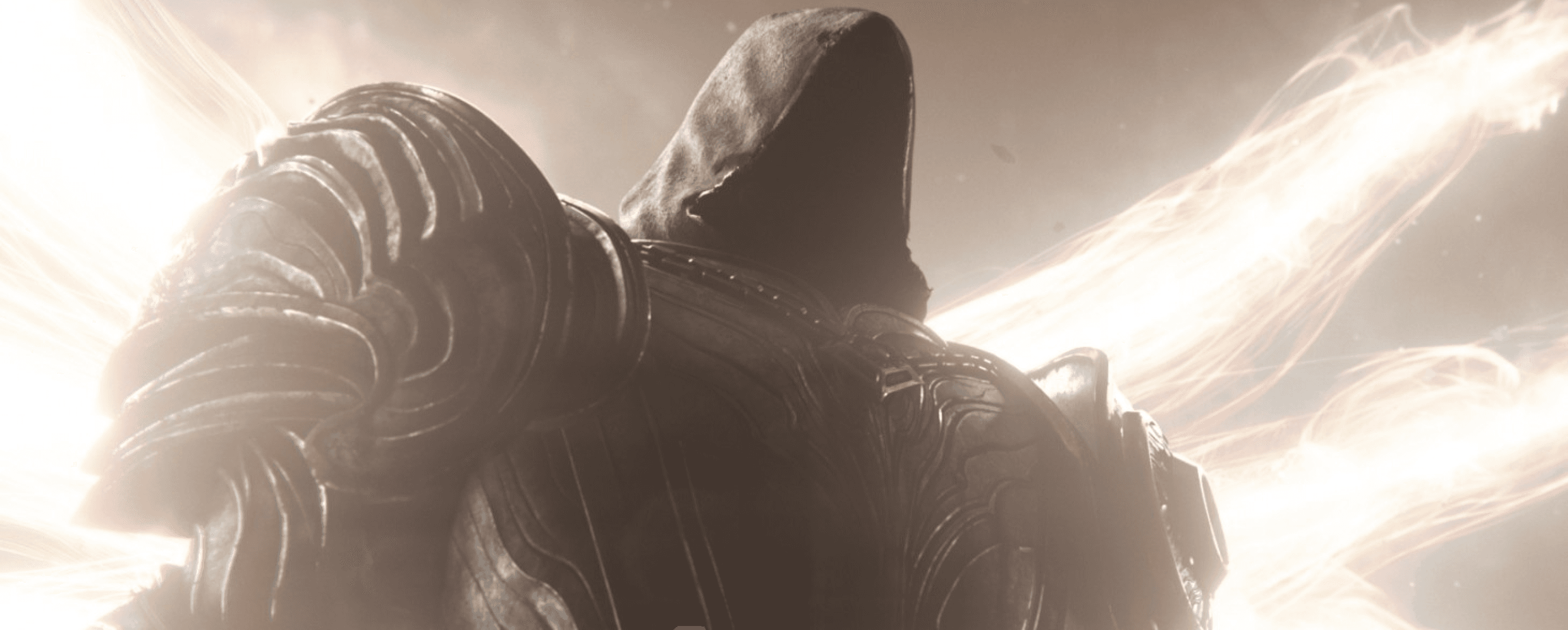
 Christopher R. RiceDec 5, 2023
Christopher R. RiceDec 5, 2023Game design and mechanics are the foundational elements that define the experience of a video game. They encompass the rules, objectives, challenges, and interactive elements that make up the game's environment. They are the draw of almost any game and when we think of a videogame what we are thinking about is the mechanics and how to explore their significance, their impact on how the player engages with the story, and the evolution of them from game to game.
The Essence of Game Design and Mechanics
Game design is an art that involves crafting the conceptual and operational framework of a game. It's about creating an engaging narrative, defining the game's rules, and establishing the objectives and challenges players will encounter. Game mechanics, on the other hand, are the tools and processes that players interact with to play the game. This includes the control system, level design, and the algorithms that dictate game behavior.
At the heart of game design is the player's experience. Designers must balance complexity and simplicity, ensuring that games are challenging enough to be engaging but not so difficult that they become frustrating. The key is to create a sense of progression and accomplishment, encouraging players to continue playing and exploring the game world.
Evolution of Game Design and Mechanics
The evolution of game design and mechanics reflects the technological advancements and changing preferences of players. Early video games like "Pong" and "Space Invaders" had simple mechanics and were easy to understand, focusing primarily on reflexes and basic strategy. As technology advanced, so did the complexity of games. The introduction of 3D graphics and more powerful processing capabilities allowed for more detailed environments, complex storylines, and nuanced character development.
Today, games can simulate vast open worlds with intricate ecosystems, dynamic weather systems, and adaptive AI. The mechanics have become more sophisticated, with physics engines that provide realistic movement and interaction, and AI systems that create more lifelike and unpredictable opponents.
Game Mechanics and Player Engagement
Effective game mechanics are crucial for player engagement. They define the way players interact with the game world and how they experience the narrative. Mechanics like resource management, puzzle-solving, and strategic combat can significantly enhance the depth and replayability of a game.
One key aspect is the learning curve. Well-designed games introduce mechanics in a way that is easy to grasp but leaves room for mastery. This progression from novice to expert is rewarding and keeps players engaged. For instance, in a strategy game, players might start with basic resource gathering and unit management, gradually being introduced to more complex elements like diplomacy and advanced combat tactics.
Innovative Game Mechanics
Innovation in game mechanics often leads to new gaming experiences. For example, augmented reality games like "Pokémon GO" introduced a new way of interacting with the game world, blending the real world with the virtual. Similarly, narrative-driven games like "Life is Strange" use choice-based mechanics to allow players to influence the story's outcome, creating a more personalized experience.
Final Thoughts
Game design and mechanics are the backbone of the video game industry. They shape the way stories are told, worlds are explored, and challenges are overcome. As technology continues to evolve, so will the possibilities for innovative game design. The future of gaming promises even more immersive and interactive experiences, driven by advancements in game mechanics and design. This ongoing evolution ensures that video games remain a dynamic and ever-changing form of entertainment, captivating players around the world.

Play on Haptic
Try for free


